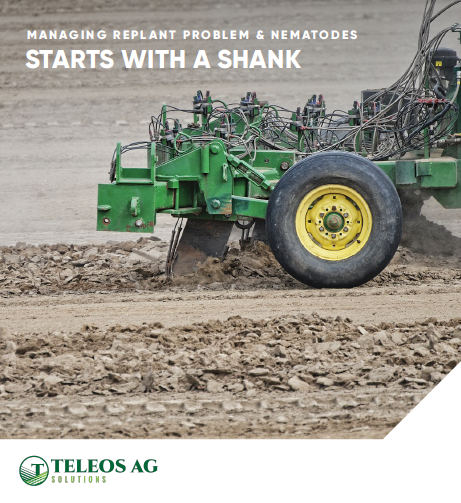Get the Best of Bean Rust Before It Erodes Your Crop

Bean rust, caused by the fungus Uromyces phaseoli var typica, infects most types of snap beans and dry beans grown in Florida. Historically, the disease has been particularly severe on pole beans. Photo courtesy of Clemson University – USDA Cooperative Extension Slide Series
Rust is not a major problem in lima bean production, although the disease may occur.
The rust pustules characteristic of this disease occurs on the leaves. Occasionally, pustules may appear on pods. Pustules rarely form on stems.
Rust symptoms begin as small, whitish, slightly raised pustules. Later, the pustules become the distinct, circular, reddish-brown spots on the underside of leaves that readily identify the disease. The characteristic color of the pustules is due to the production of masses of urediospores of the fungus. If not controlled, pustules may accumulate over much of the leaf surface with subsequent premature leaf drop.
Similar symptoms appear somewhat later and more sparingly on the upper surface of leaves. In very susceptible varieties, pustules are often surrounded by striking, yellow haloes. In resistant cultivars, symptoms may consist only of small, necrotic flecks.
Under microscopy, urediospores taken from the pustules appear round, brown, and with distinct, short spines on the surface.
Survival and Spread
Uromyces phaseoli, unlike most rust fungi, does not require an alternate host for completion of its life cycle. All developmental stages occur on beans.
Bean rust is primarily found during the cooler production months when heavy dews, rather than rain, provide moisture for spore germination and penetration of host plants. In Dade County, rust usually first appears in early January and becomes progressively more severe through the end of the commercial crop in April. The optimum temperature for urediospore germination is from 63.5°F to 72.5°F. After infection, symptoms may be seen in about five days and spores produced in another five to 10 days.
Variation in pustule size, prominence of haloes, and other symptom patterns are due, in part, to the many races of the bean rust fungus — 57 at last count. Each race is pathogenic on a specific combination of bean varieties. If varieties resistant to those specific races in a given locale are planted, control of rust can be very good. However, new races of the pathogen seem to appear almost as fast as new varieties are released. As a result, most of the commonly grown bean are susceptible to one or more races of the rust fungus.
Management Methods
Prompt crop destruction after harvest is very important in the control of rust. If fields are abandoned after picking and not destroyed, rust can continue to develop and serve as a major source of inoculum.
Currently, the most important control method is periodic application of protectant fungicides.
Spray programs should be initiated prior to the first sign of rust if rust is an annual problem. Where rust is sporadic in occurrence, begin the spray program at first sign of the disease. Subsequent sprays should be applied at five- to seven-day intervals.
Consult UF/IFAS recommendations for currently labeled materials for the control of rust on snap beans in Florida.










